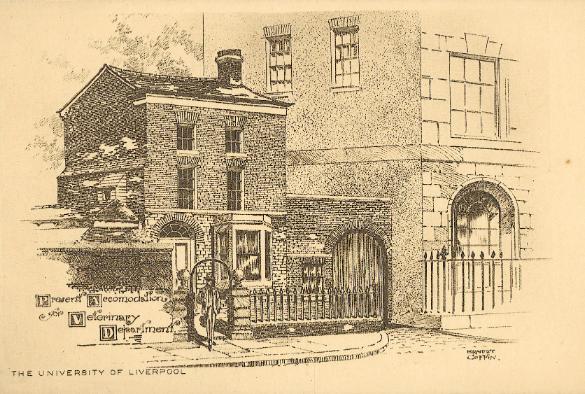
This month marks the 120th anniversary of the University of Liverpool’s School of Veterinary Science.
Over the last 120 years, it has become an innovative centre, delivering world-firsts and built a reputation as one of the best Veterinary Schools in the world.
The Vet School was established in 1904 at a time when the port of Liverpool had the largest cattle trade in Europe and used many hundreds of horses in the transport of goods to and from the dock. The vet school was initially funded by the shipowners of Liverpool “engaged in the transport of cattle, the Cartowners, Cowkeepers and other Associations”. Since then, it has led the way in veterinary research, care and education, and nurtured a global alumni community.
Professor Paul Lunn, Dean of the School of Veterinary Science said: “Over the last 120 years we have created a place where veterinary students, educators and researchers can thrive. At the University of Liverpool’s School of Veterinary Science our ethos is to work together to improve animal health throughout our society and the world. We are incredibly proud of our 120 years and continue to strive to create accessible, equitable, sustainable, inclusive and innovative health solutions that address challenges of our time.”
Over the last 120 years, key moments have been documented, with photographs and documents, housed in the University of Liverpool’s Special Collections & Archives. Here we share some highlights of the School of Veterinary Science’s history.
A brief history of the University of Liverpool’s School of Veterinary Science
1904: Professor William Owen Williams is invited to transfer his New Veterinary School from Edinburgh to Liverpool. His ambition is “to improve the education and status of the veterinary profession placing it on a par with the medical profession.”
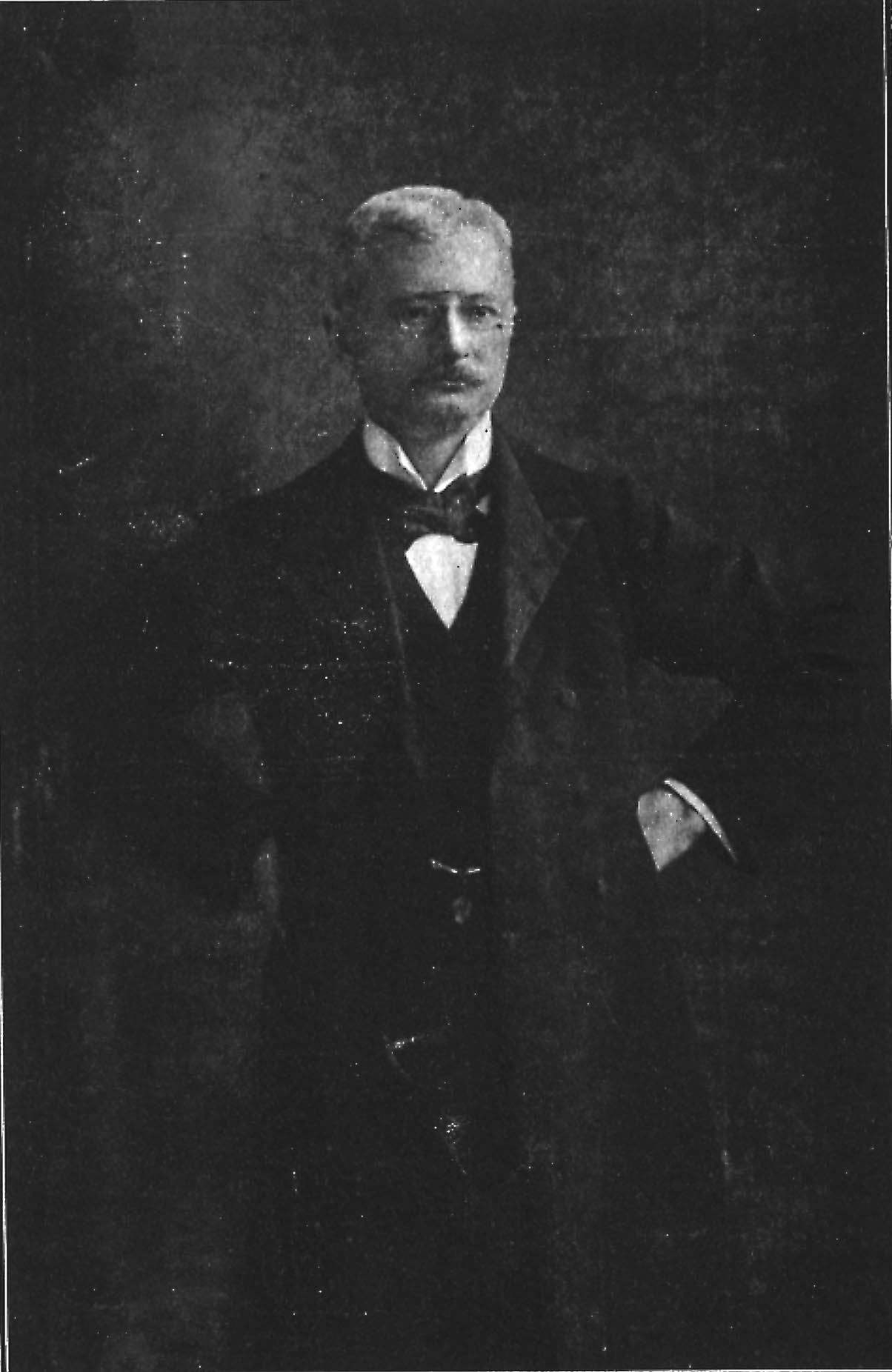
1914: Many undergraduates and veterinary surgeons who qualified at Liverpool serve in World War I in the Royal Army Veterinary Corps.
1926: Edith Gertrude Knight becomes the first woman veterinary surgeon to qualify from Liverpool.
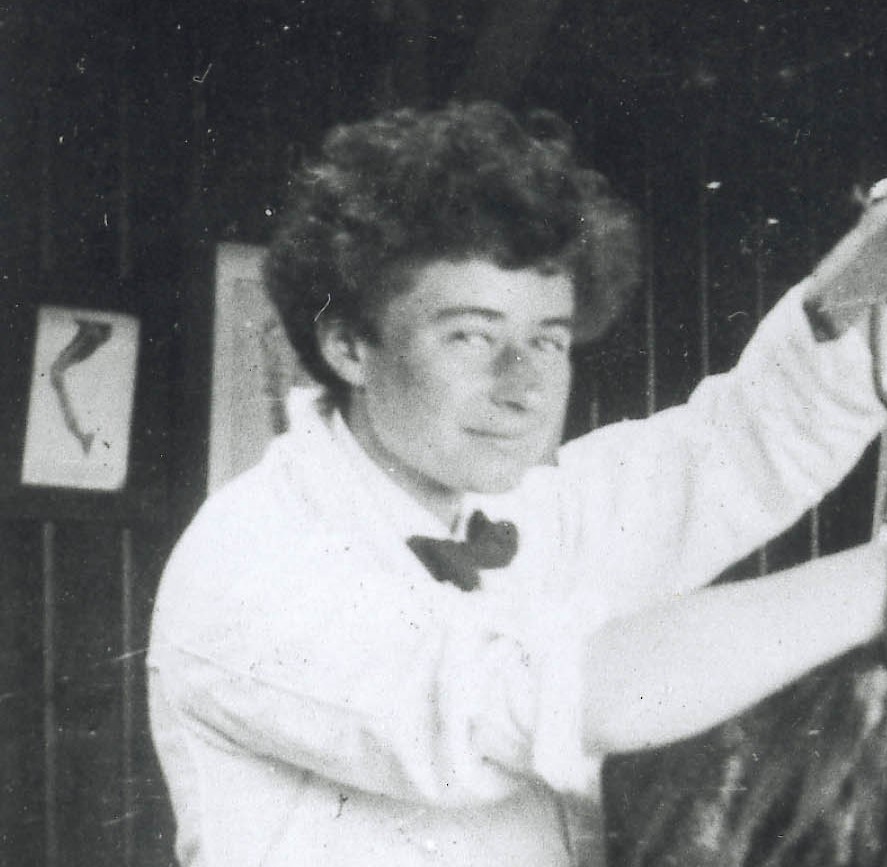
1932: Professor Sydney Gaiger, Professor of Veterinary Pathology, and his colleague, Gwilym Davies, publish the first textbook on Veterinary Pathology in Britain. This fills the need for an English language book on this key subject.
1940: The vet exam paper looks quite different from its modern equivalent.
1941: Professor JG Wright moves to Liverpool from the Royal Veterinary College, London, to take up the Chair in Veterinary Surgery. He recognises the decline of large animals in the city, both the cattle in city dairies and the number of working horses on the Liverpool docks, and his vision of a rural site begins to take shape.
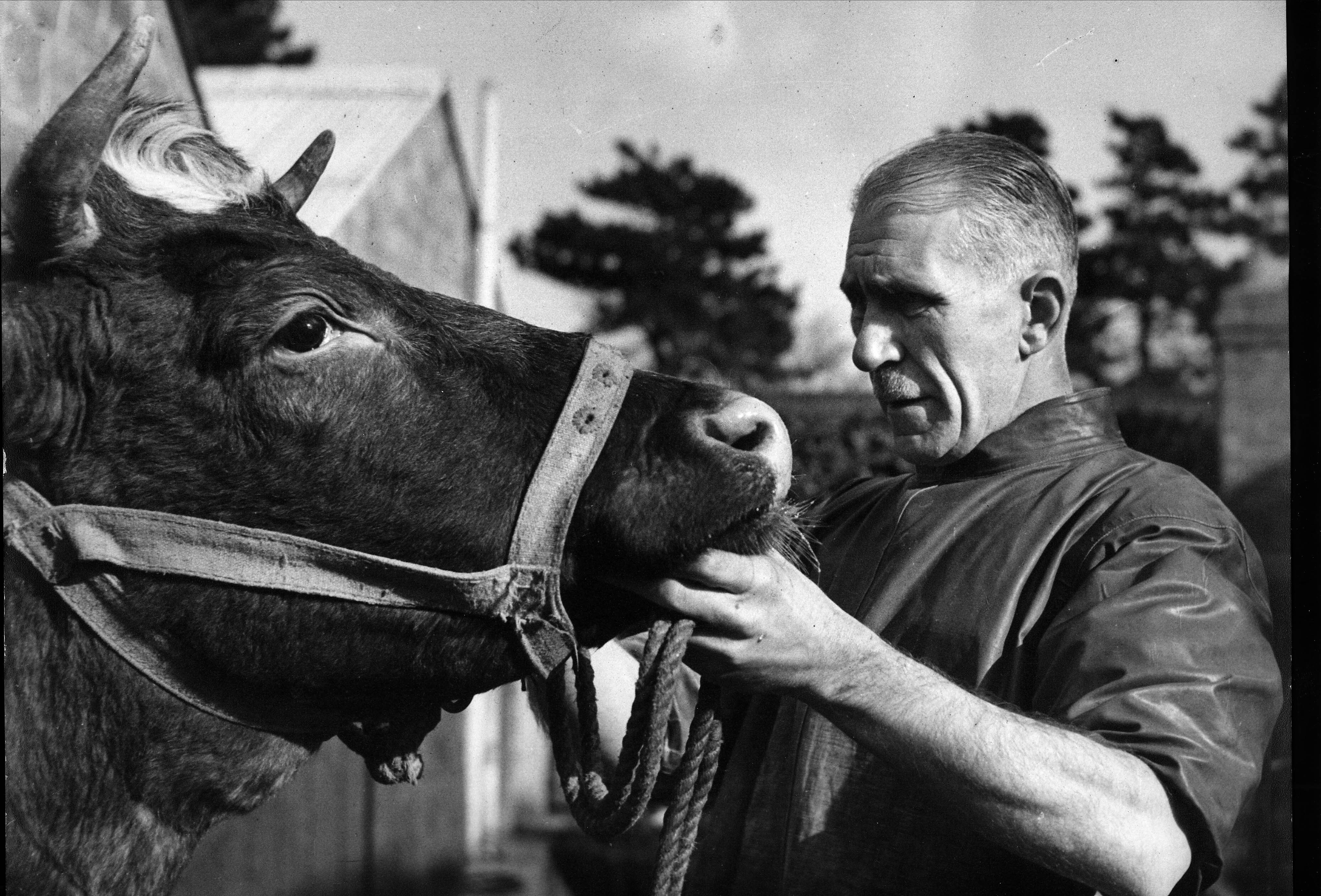
1942: Many undergraduates and veterinary surgeons who qualified at Liverpool serve in World War II in the Royal Army Veterinary Corps. The war vets were introduced to many diseases they had never seen before such as anthrax, epizootic lymphangitis, glanders, rabies and surra.
“I have been regularly asked how I felt about going to war. I can only say that, at that time, we were mainly volunteers – young, enthusiastic, with a good measure of basic discipline. We got on with the work that we were detailed to do. After all, it was our life’s work and I never heard any complaints from the men.” Terry Boundy MBE, served in Assam and Burma, MRCVS 1942
The University acquires the first veterinary field station in the UK at Leahurst on Wirral. It consists of converted farm buildings and gives students unprecedented access to two practice farms. Leahurst becomes the prototype rural site for all UK vet schools based in city centres.
1960s: John Lennon’s Aunt Mimi favours vet students as lodgers at ‘Mendips’, 251 Menlove Avenue in Aigburth, now a National Trust property.
1967: The Wellcome Trust funds a facility dedicated to research into veterinary reproductive disorders which leads to great advances in the development of reliable assays for reproductive hormones.
1967/68: An outbreak of Foot and Mouth Disease in Cheshire has a profound effect on undergraduate clinical teaching with movement restrictions preventing admission of cases to Leahurst and discharge of patients already in the hospital. Additionally, several clinical staff are seconded to the Ministry and students are unable to accompany veterinary surgeons to see essential cases on the practice farms.
1977: The city centre Small Animal Hospital is built, supporting a busy referral clinic for a wide area. 50% of clients travel more than 50 miles to use its services.
1991: The new £1.4 million Large Animal Hospital at Leahurst is opened by the University’s chancellor, Viscount Leverhulme.
1995: The second phase of the Philip Leverhulme Large Animal Hospital is opened, and this becomes the busiest equine referral hospital in the country as well as a first opinion practice.
1996: The expansion at Leahurst continues with the opening of the Farm Animal Hospital, providing in-patient facilities for the Division of Farm Animal Studies and the farming community of the North West.
1997: Karha, a baby elephant from Chester Zoo, is saved when a stone she had swallowed is removed by vets. Vets removed the stone during a 7-hour operation, the first of its kind at Chester.
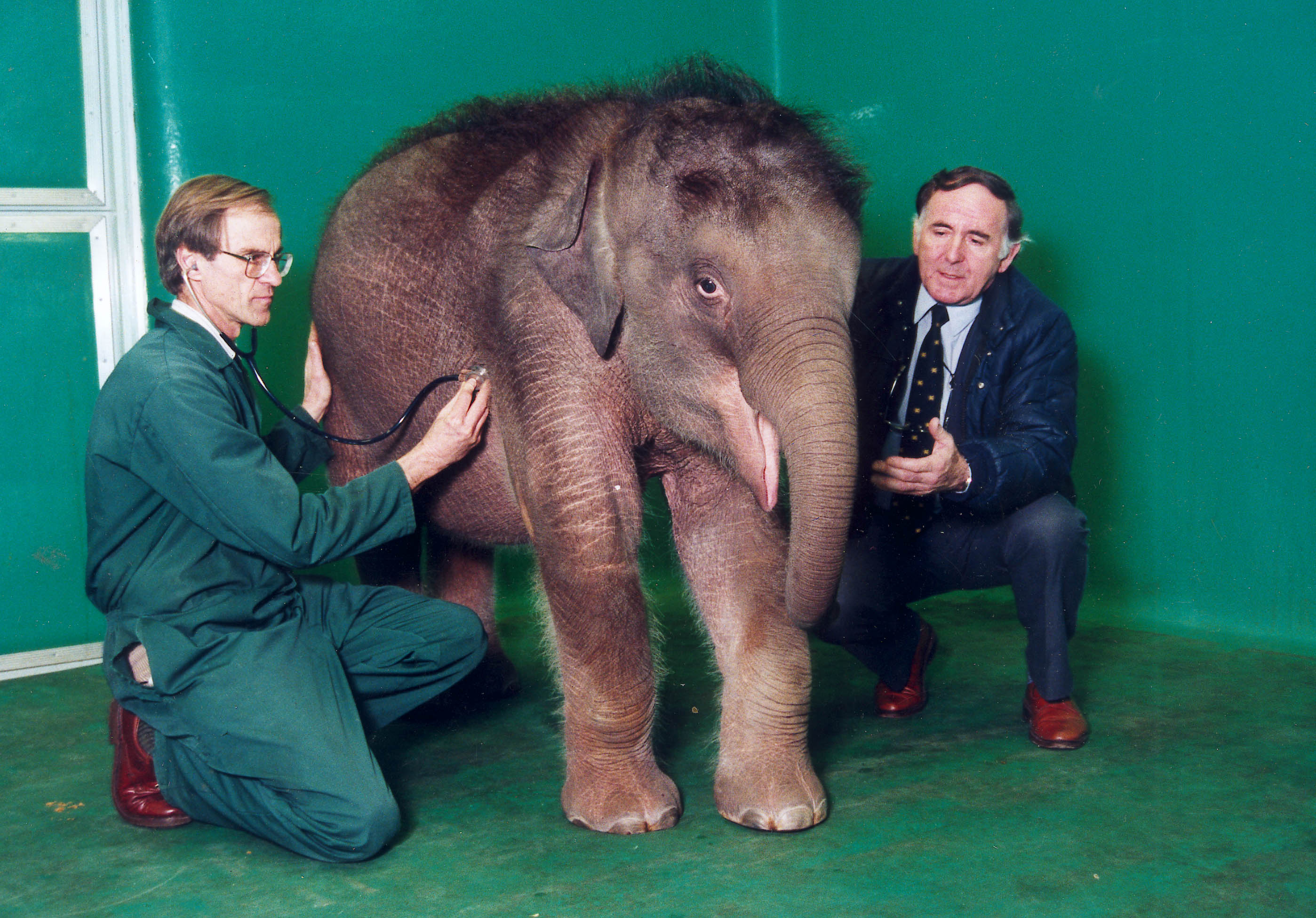
1998: The Performance Unit is opened at Leahurst by Lord Daresbury. The building is designed and built especially to accommodate a state-of-the-art treadmill, a horse-friendly, multi-speed conveyor belt which enables vets to examine their charges under exercise conditions.
2001: Foot and Mouth Disease breaks out once again over Great Britain. Many students and staff go to help The Ministry of Agriculture, Fisheries and Food (MAFF)/ Department for Environment Food & Rural Affairs (DEFRA) control the epidemic.
Under the Science Research Investment Fund, the Wellcome Trust awards £3.2 million to the Faculty. With another £1 million from the University, this enables the creation of greatly improved facilities for research at Leahurst.
2003: Grand National runner Youlneverwalkalone is injured during this year’s big race. He is treated at Leahurst for a broken cannonbone and is back in training the following year. He is the latest in a long line of prominent equine cases treated at Leahurst.
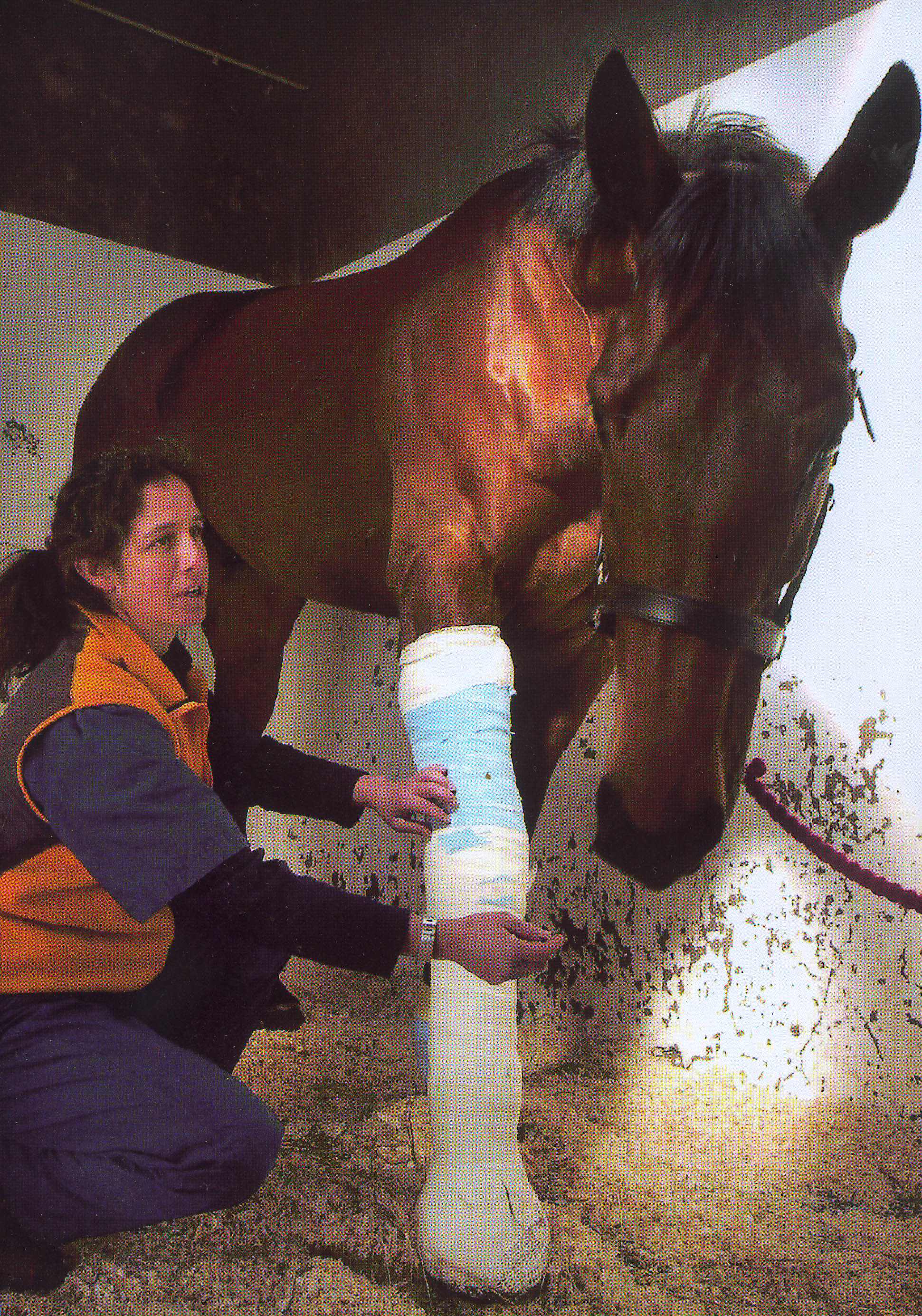
2004: Surgeons at the Small Animal Hospital perform the UK’s first elbow replacement surgery on Koff, a black Labrador with osteoarthritis.
2009: Her Royal Highness The Princess Royal opens a new reception, entrance yard and MRI facility at the equine hospital as part of a multi-million pound development project.
2010: An animal handling course to help fire fighters work safely in situations involving large animals, such as cows and horses is launched.
Peter Bowling, Clinical Director of the Philip Leverhulme Equine Hospital, is appointed by the London Organising Committee of the Olympic Games as an equine veterinary advisor during the equestrian competitions.
2011: Lord Derby opens a £2 million Intensive Care Unit (ICU) for horses at the Philip Leverhulme Equine Hospital. The ICU will provide state-of-the-art-facilities for the care of injured and sick horses, as well as specially designed areas for the treatment of foals.
2012: Veterinary scientists find that early screening and drug treatment for Dobermann dogs with a serious heart disease can extend and improve their quality of life. Their research shows pimobendan (vetmedin) slowed progression of the disease and prolonged good quality, symptom-free life.
2013: Channel 5 programme ‘Animal Clinic’, presented by adventurer Ben Fogle, is filmed at Leahurst and the busy First Opinion Clinic on campus.
2016: Two former veterinary students are awarded honorary degrees, more than 65 years after they finished their studies. The Honorary Bachelor of Veterinary Science degrees are awarded to Philip Ayrton-Grime and Gwendolen Collinson Stokes, who studied for membership of the Royal College of Veterinary Surgeons (MRCVS) at the University prior to 1951 but did not take the examinations for the BVSc degree – at this time the BVSc degree was not a prerequisite for a veterinary career.

2017: Research shows owners are motivated to go dog walking because it makes them feel happy, not because of other health and social benefits.
Researchers conduct the largest international multi-centre weight study. It finds, on average, overweight dogs lose an average of 11% of their bodyweight when enrolled on a weight loss trial.
2018: The Feline Healthy Ageing Clinic is launched. The complimentary service is dedicated to improving the health and welfare of older cats, over seven years of age.
2019: Vet students offer free health and wellbeing check-ups for the homeless hounds of Liverpool in partnership with The Big Issue North.
The Small Animal Veterinary Surveillance Network (SAVSNET) receives a national award from the Biotechnology and Biological Sciences Research Council (BBSRC) in recognition of its innovative ‘big data’ research into animal and human diseases.
2023: Veterinary Science student and dairy farmer, Heidi Wilson is crowned Britain’s Fittest Farmer. Heidi dedicates the win to her dad, Paul, who died from Covid-19 after a six-week battle with the virus in 2021.
Research done by dog behaviour experts, forms the basis of a region wide Merseyside Police dog safety campaign, Taking the Lead. The campaign’s aim is to reduce incidents of dog bites.
Almost 60 years after her veterinary studies came to an end because she was expecting a baby, Angela Davidson – one of only six women on the course at the time – officially graduated with a BSc (Hons) in Animal Sciences. She said: “It was a most wonderful morning. I’ve waited many years for this and my daughter who I was expecting when I left the course was here with me today to see me finally pick up my degree.”
2024: Leahurst Equine Hospital and Knowsley Safari work together to conduct an ultra-rare veterinary procedure. A team of over ten vets, including specialist surgeons and anaesthetists, nurses and animal keepers, plus support staff, carried out ground-breaking veterinary treatment to help heal a southern white rhinoceros’ broken leg, at Knowsley Safari in Merseyside.
